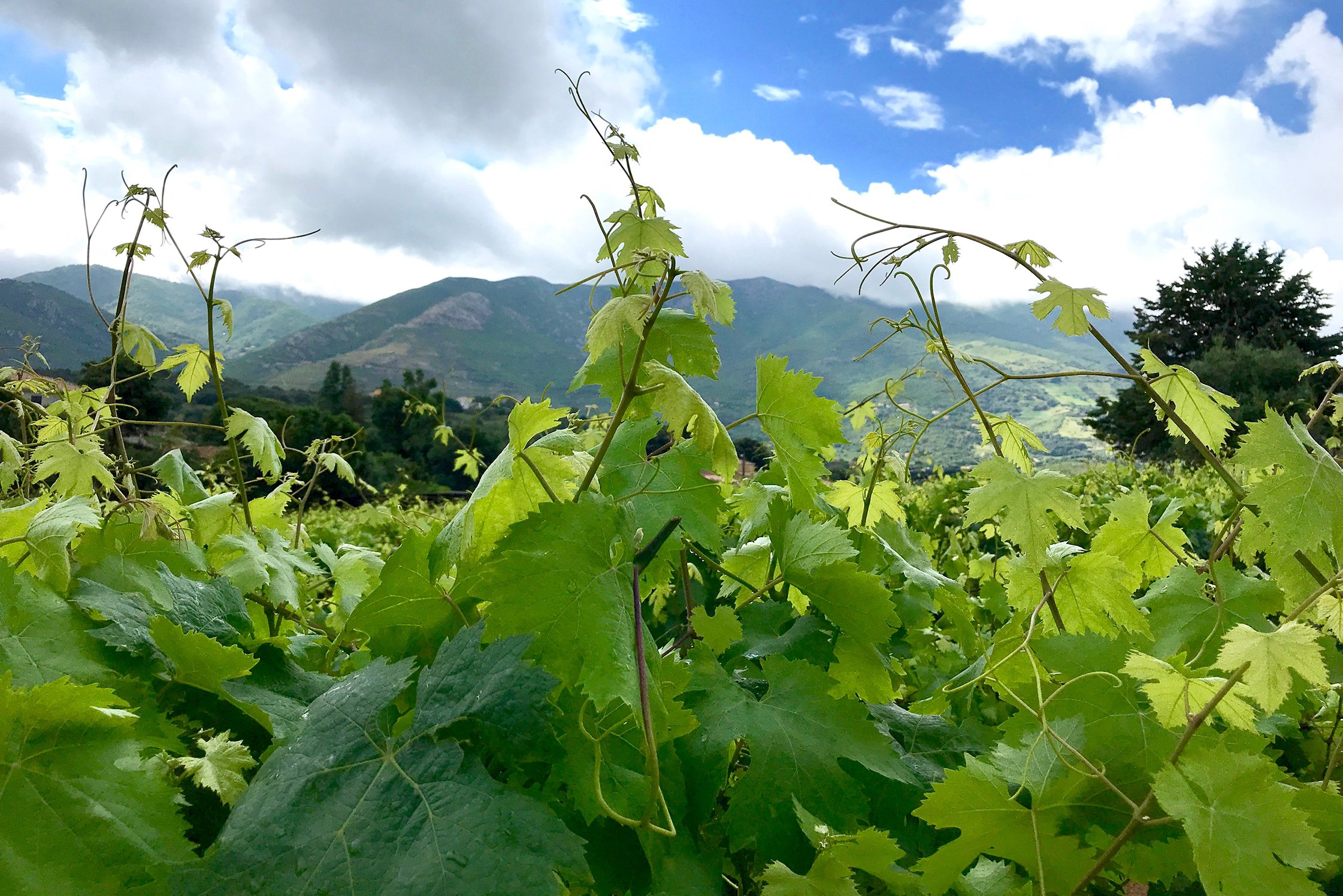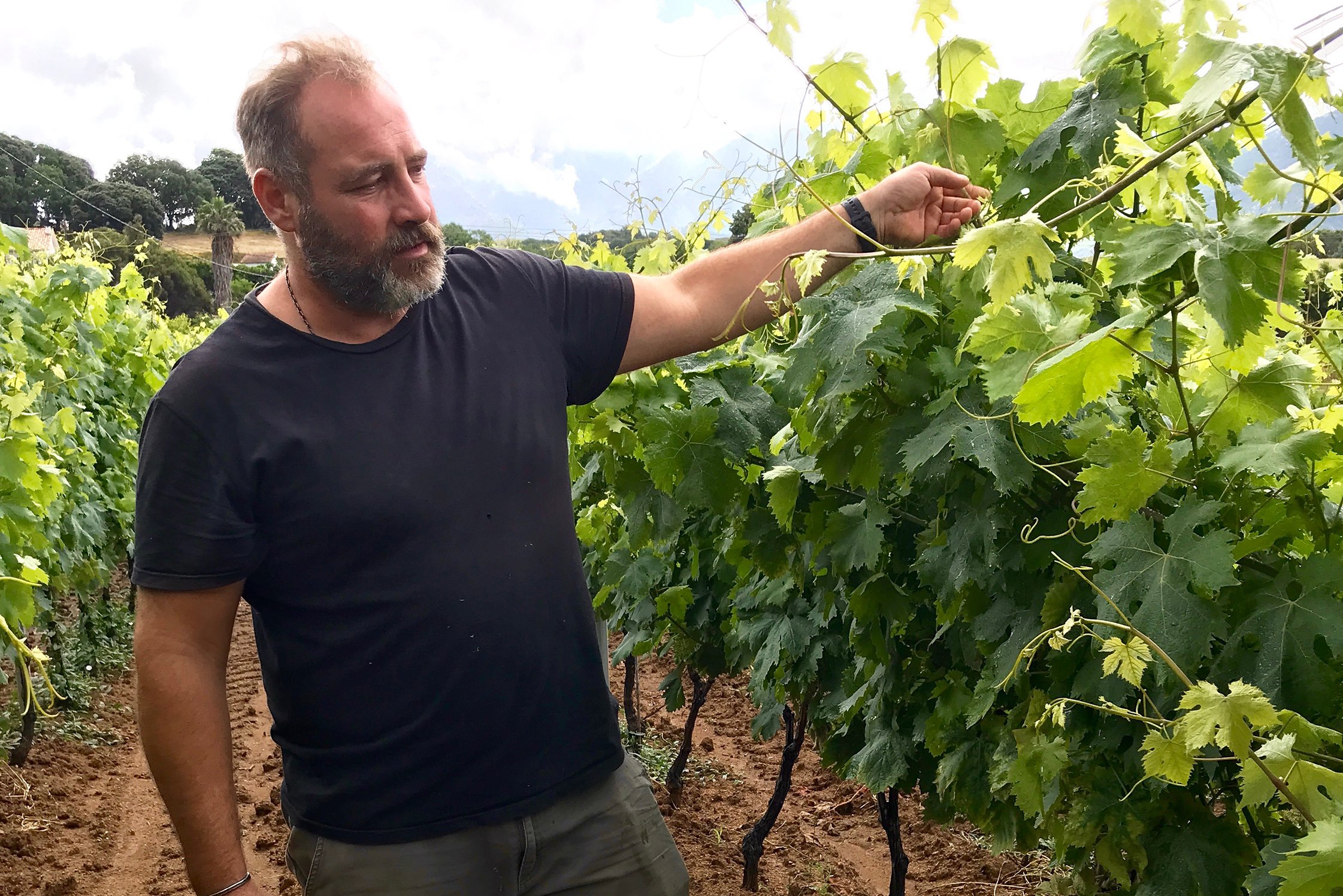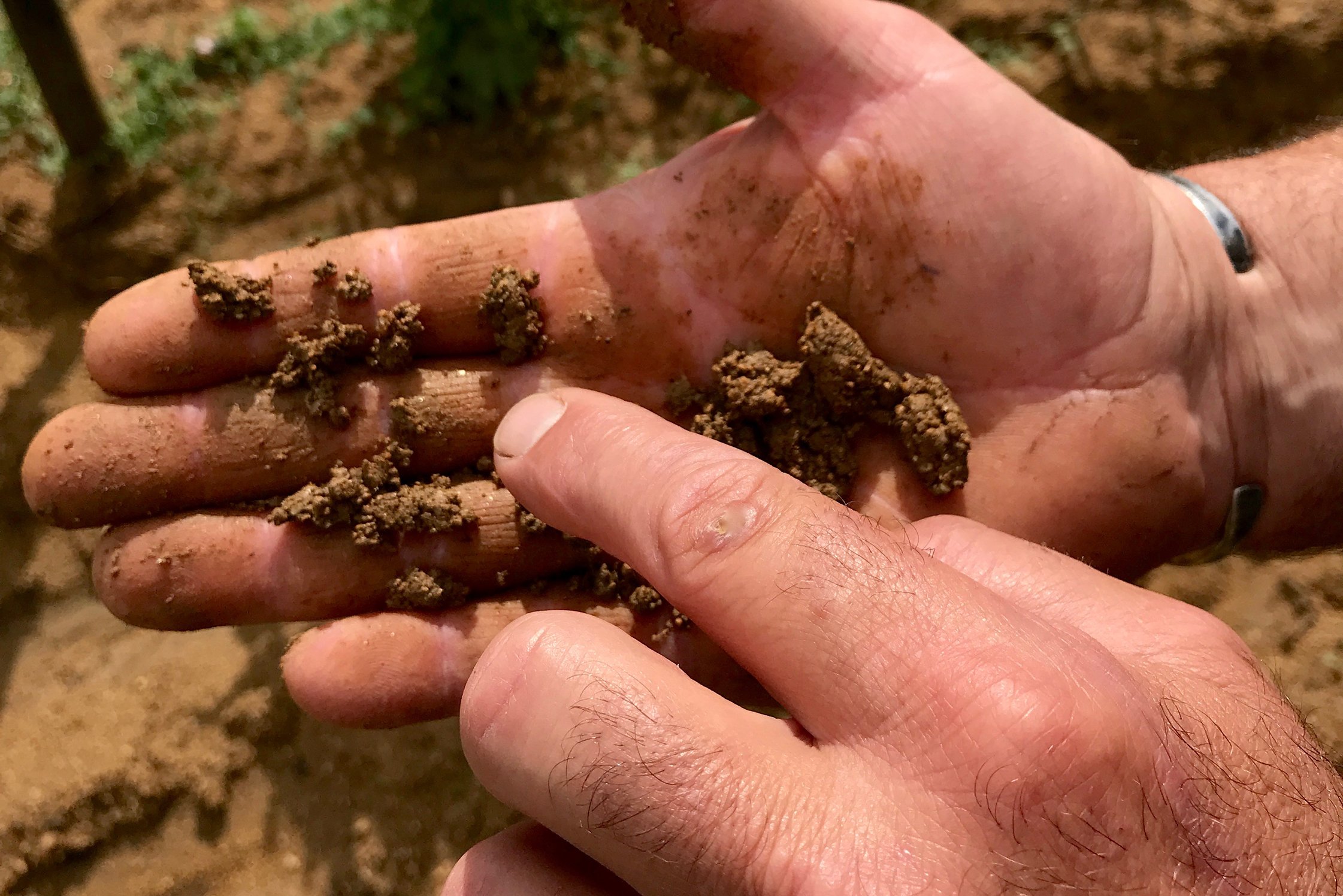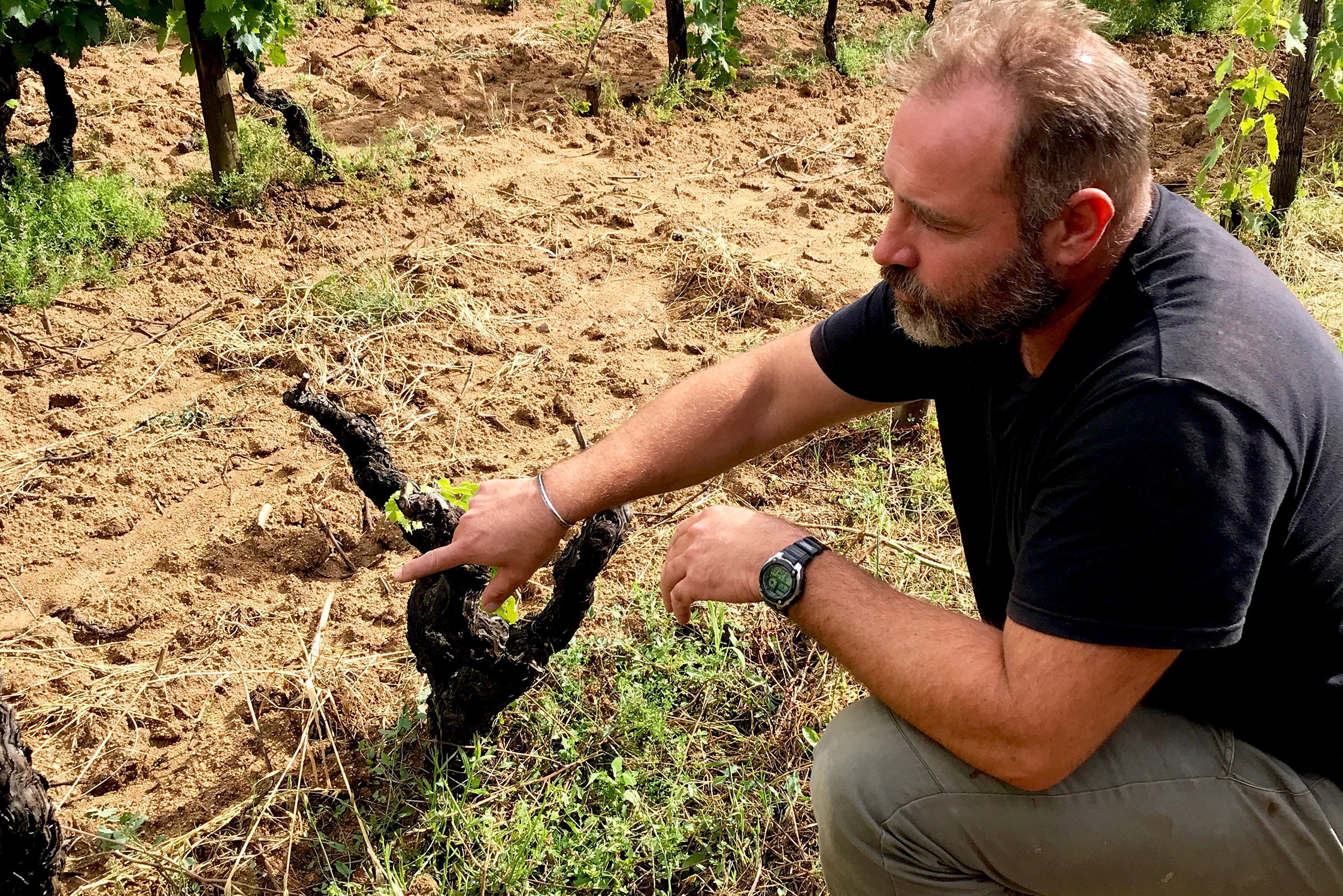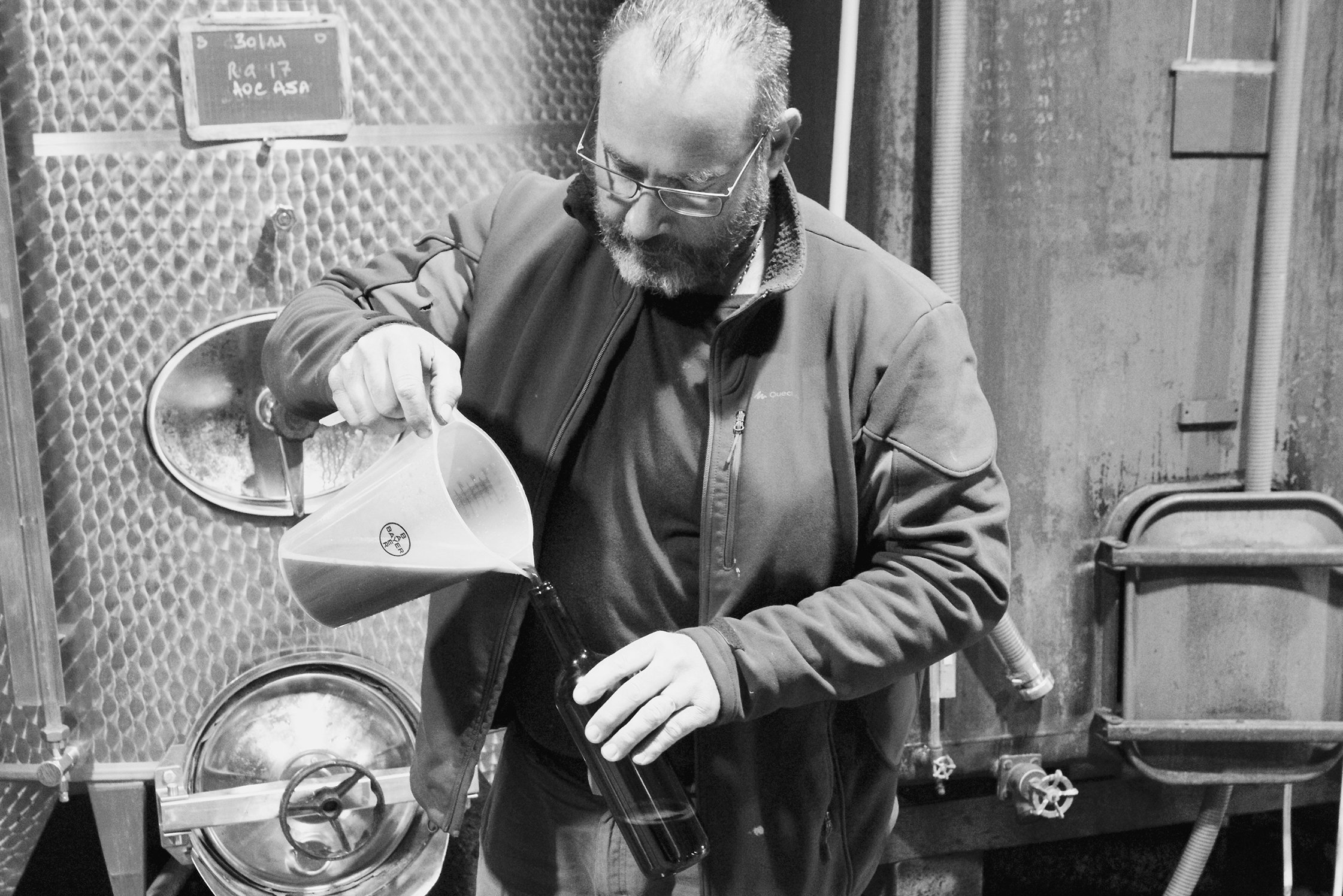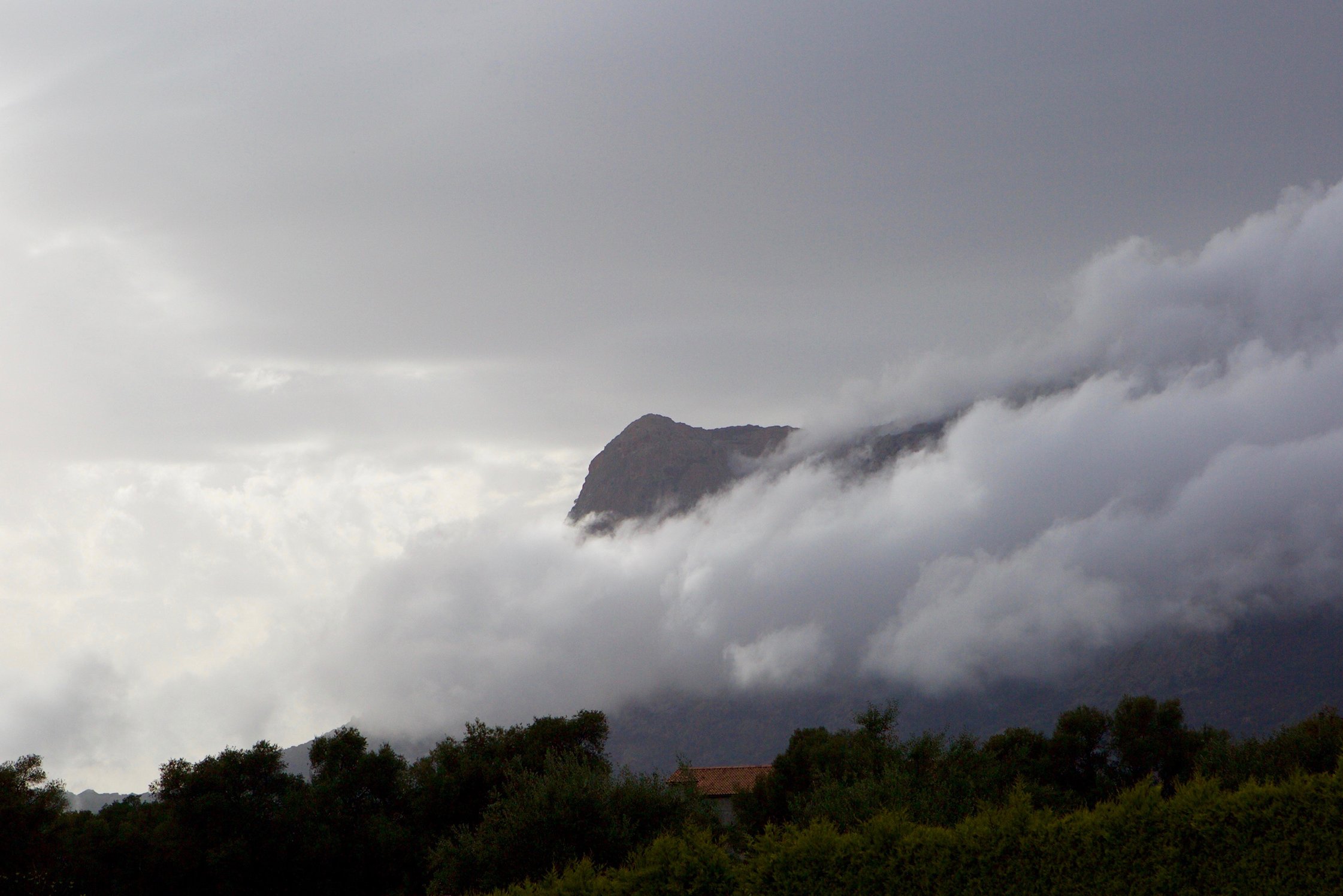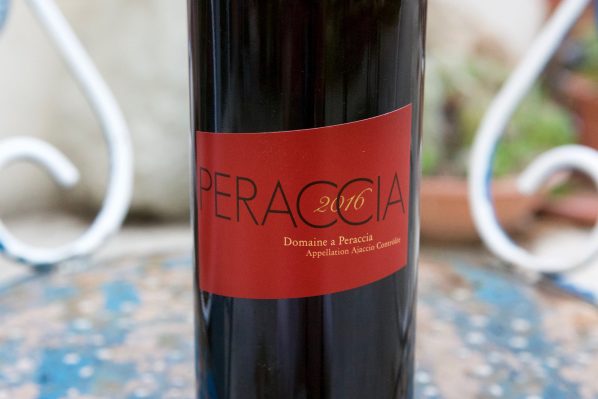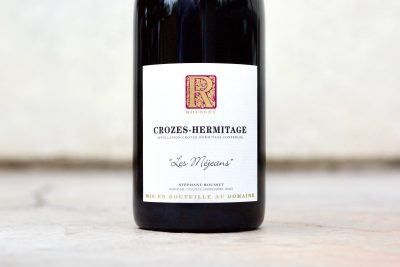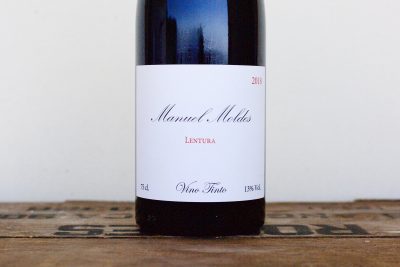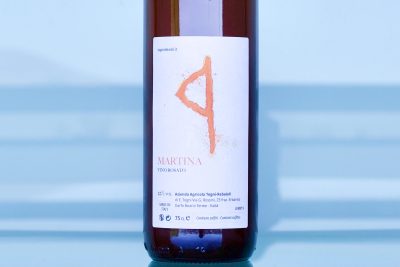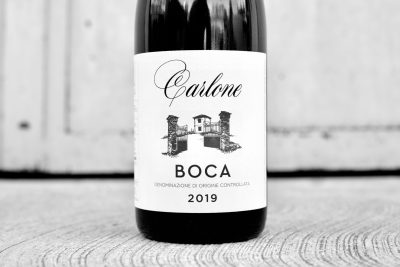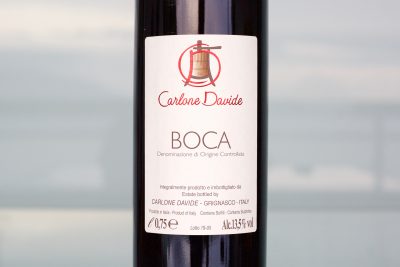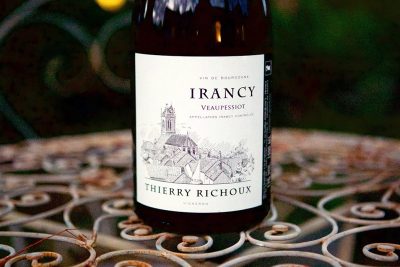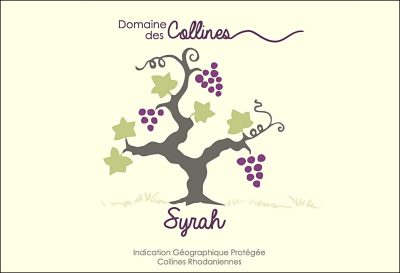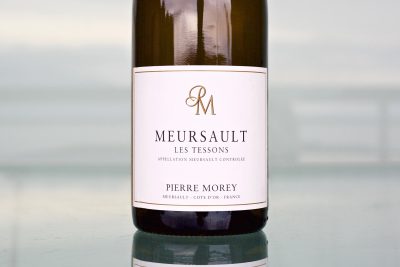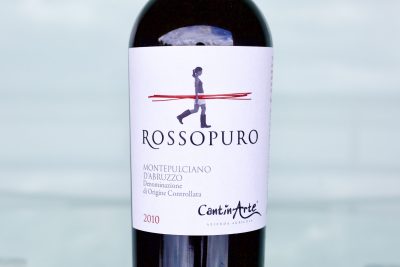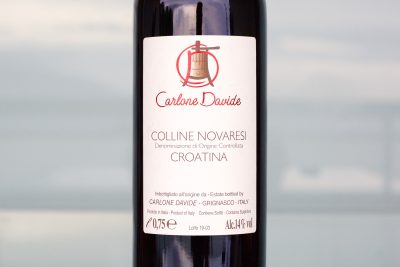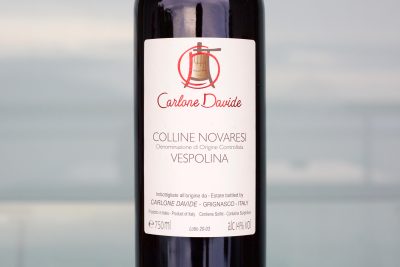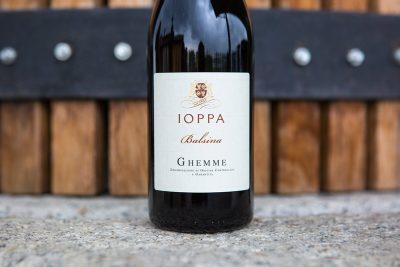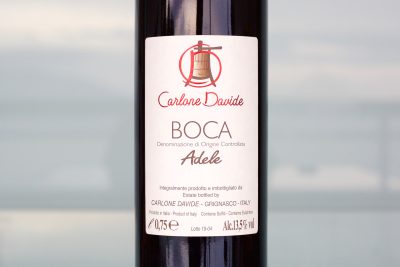About The Wine
Inside the Bottle: Laurent Costa likes wines with good maturity and full flavor, despite the overall impression of them being somewhat light in color and spare in weight. His wines are unique and boast an abundance of mesmerizing x-factors that keep your nose in the glass and your palate fully entertained.
The history of wines in Ajaccio is replete with deep, rustic, warm wines with higher alcohol than those in other areas of Corsica. While Laurent also likes his to be full in flavor (and without jarring acidity) he intends to make traditionally styled wines his own way. The results are hardly traditional from an enological perspective (his are much more tightly put together) and find ethereal qualities that would be difficult to achieve by even the most experienced vigneron.
His Traditional Red, the first in his range, is an organic and biodynamically farmed wine that engages immediately upon opening and unfolds layer by layer as the minutes pass with nuances that more closely echo wines from Sicily, like Frappato (Persian Mulberry, Aperol and sweet herb notes come to mind), rather than a French wine. It’s made entirely from Sciacarello (of Tuscan in origin, where it is known as Mammolo), the queen red grape of the island and a strong transmitter of terroir when it’s not overworked in the cellar. Laurent magnifies each of his wine’s singular characteristics by conceding their fermentations to nature to further deepen the authenticity of these wines grown on an ancient bed of sandy granite.
Some details: Stainless steel is employed for the cellar maturation to keep it fresh and bright. Sulfur is kept to a minimum, with the first addition of about 10-20 ppm made after malolactic fermentation, and a touch more at bottling. The only challenge with this wine (as with his other red) is the minuscule quantity available to us.



